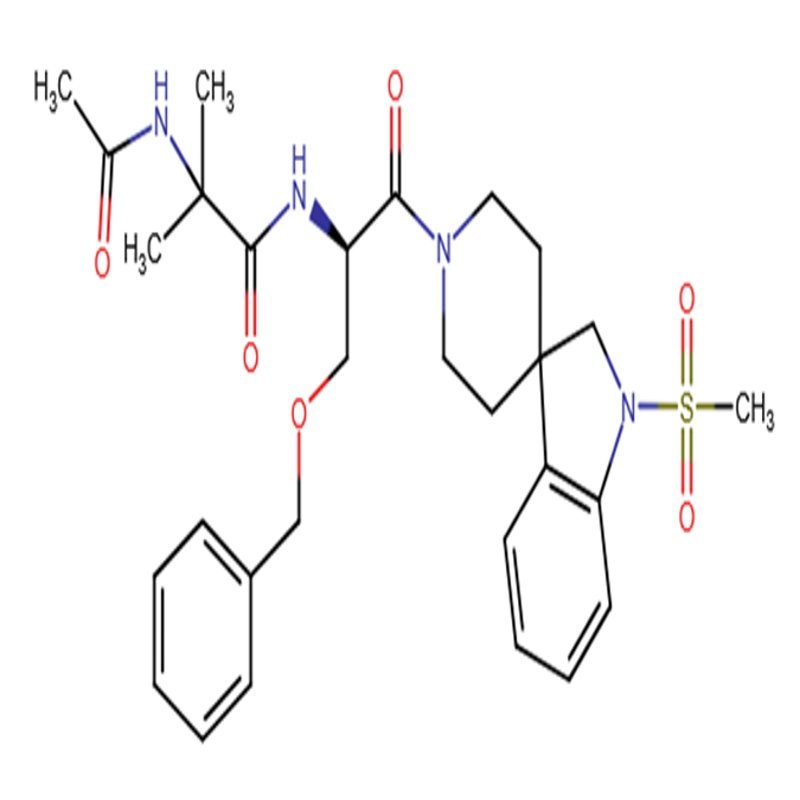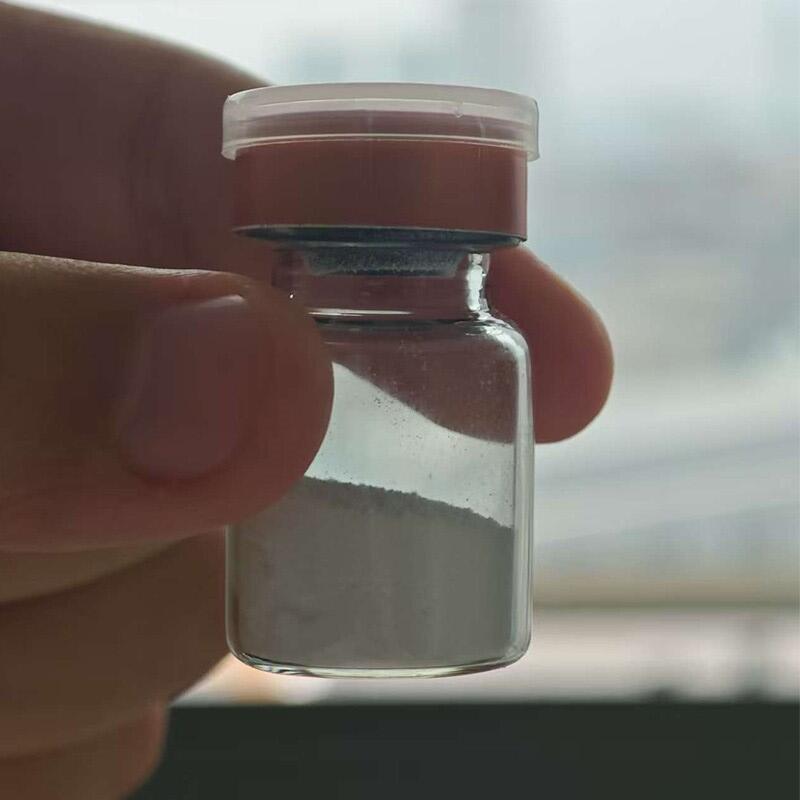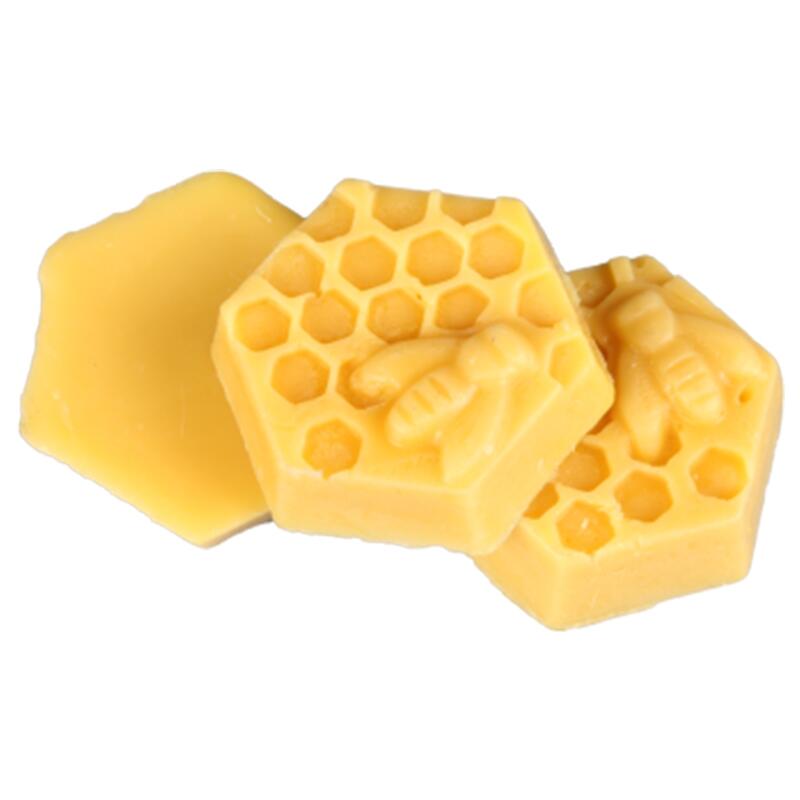-
Categories
-
Pharmaceutical Intermediates
-
Active Pharmaceutical Ingredients
-
Food Additives
- Industrial Coatings
- Agrochemicals
- Dyes and Pigments
- Surfactant
- Flavors and Fragrances
- Chemical Reagents
- Catalyst and Auxiliary
- Natural Products
- Inorganic Chemistry
-
Organic Chemistry
-
Biochemical Engineering
- Analytical Chemistry
-
Cosmetic Ingredient
- Water Treatment Chemical
-
Pharmaceutical Intermediates
Promotion
ECHEMI Mall
Wholesale
Weekly Price
Exhibition
News
-
Trade Service
2-Propenenitrile is an important organic compound that is widely used in the chemical industry.
It is a colorless liquid with a distinctive odor, and it is highly soluble in water.
It is commonly used as a building block for the synthesis of various chemicals, such as herbicides, insecticides, and pharmaceuticals.
One of the most popular methods of synthesizing 2-propenenitrile involves a reaction with glycidol.
Glycidol is an organic compound that contains a hydroxyl group (-OH) attached to a carbon atom.
When 2-propenenitrile is reacted with glycidol, it undergoes a series of reactions that result in the formation of a variety of different products.
The reaction between 2-propenenitrile and glycidol typically takes place in the presence of a strong acid catalyst, such as sulfuric acid or phosphoric acid.
The reaction is exothermic, meaning that it releases a large amount of heat energy.
It also generates a significant amount of hazardous waste, including a mixture of organic acids and salts.
One of the major products of the reaction between 2-propenenitrile and glycidol is 2,3-dimethylbutadiene.
This compound is a colorless liquid with a characteristic odor.
It is highly soluble in water and is commonly used as a solvent for various organic compounds.
Another important product of the reaction between 2-propenenitrile and glycidol is 2-butene-1,4-diol.
This compound is a colorless liquid with a sweet, fruity odor.
It is highly soluble in water and is commonly used as a precursor for the production of various chemicals, such as polyester resins and polyurethane foams.
In some cases, the reaction between 2-propenenitrile and glycidol can also produce other products, such as glycolic acid and 2-propenoic acid.
These compounds are also important in the chemical industry and are used in a variety of applications.
Another method of synthesizing 2-propenenitrile involves a reaction with tetraethylenepentamine.
Tetraethylenepentamine is an organic compound that contains five nitrogen atoms attached to a carbon atom.
When 2-propenenitrile is reacted with tetraethylenepentamine, it undergoes a series of reactions that result in the formation of a variety of different products.
The reaction between 2-propenenitrile and tetraethylenepentamine typically takes place in the presence of a strong acid catalyst, such as sulfuric acid or phosphoric acid.
The reaction is exothermic, meaning that it releases a large amount of heat energy.
It also generates a significant amount of hazardous waste, including a mixture of organic acids and salts.
One of the major products of the reaction between 2-propenenitrile and tetraethylenepentamine is N-(2-propenyl)-diethylamine.
This compound is a colorless liquid with a characteristic odor.
It is highly soluble in water and is commonly used as a precursor for the production of various chemicals, such as dyes and pharmaceuticals.
Another important product of the reaction between 2-propenenitrile and tetraethylenepentamine is N,N-diethyl-2-propenamide.
This compound is a colorless liquid with a sweet, fruity odor.
It is highly soluble in water and is commonly used as a solvent for various organic compounds.
In some cases, the reaction between 2-propenenitrile and tetraethylenepent







